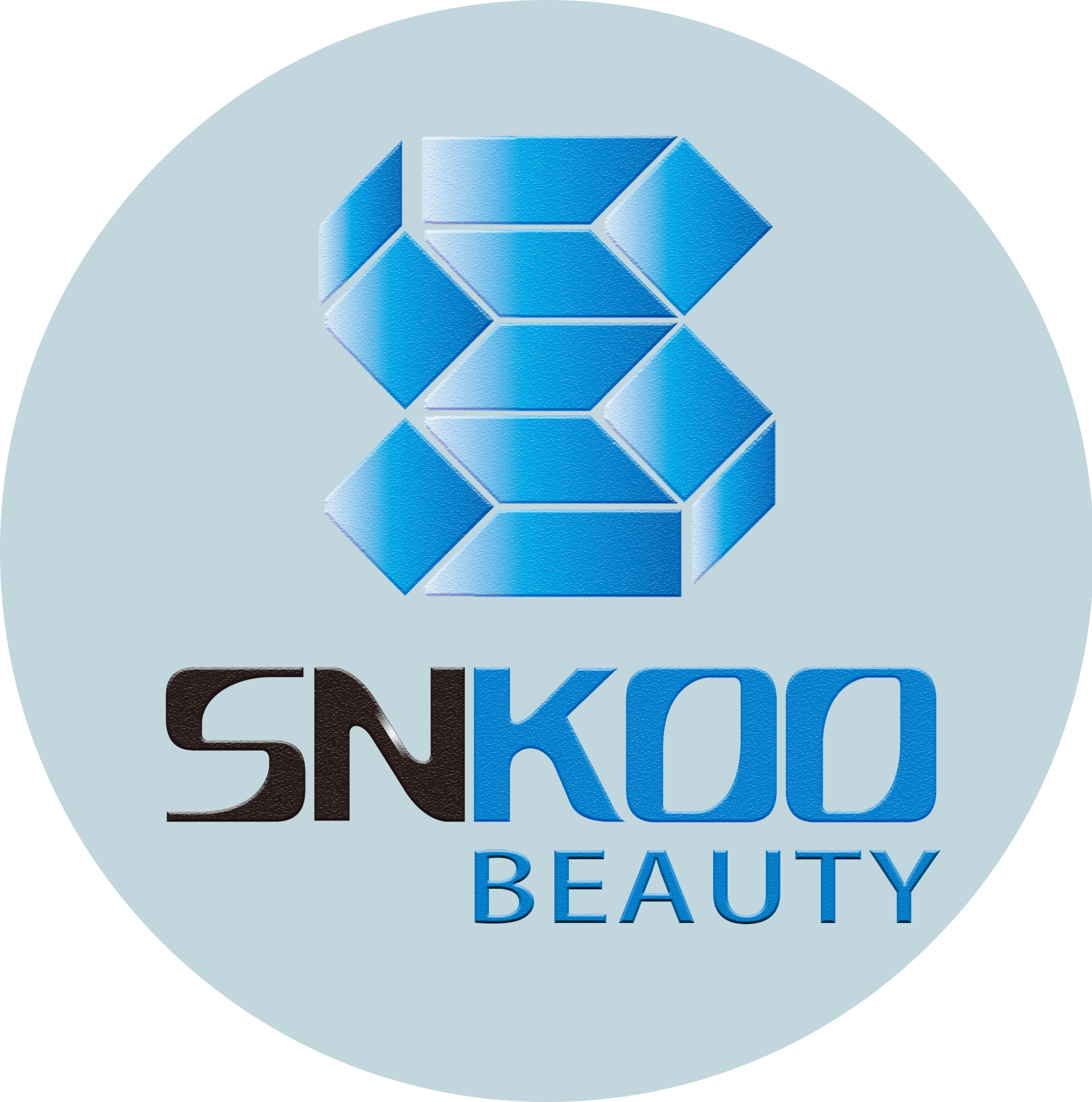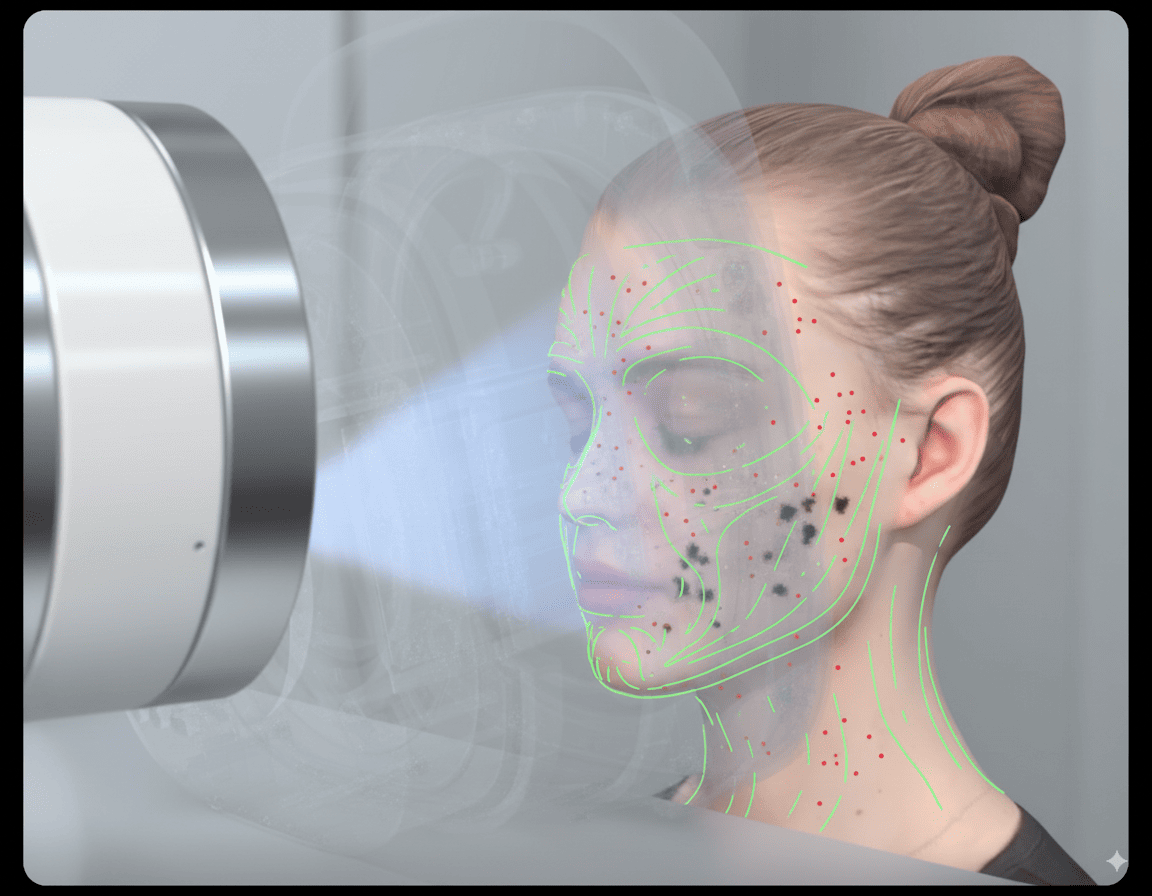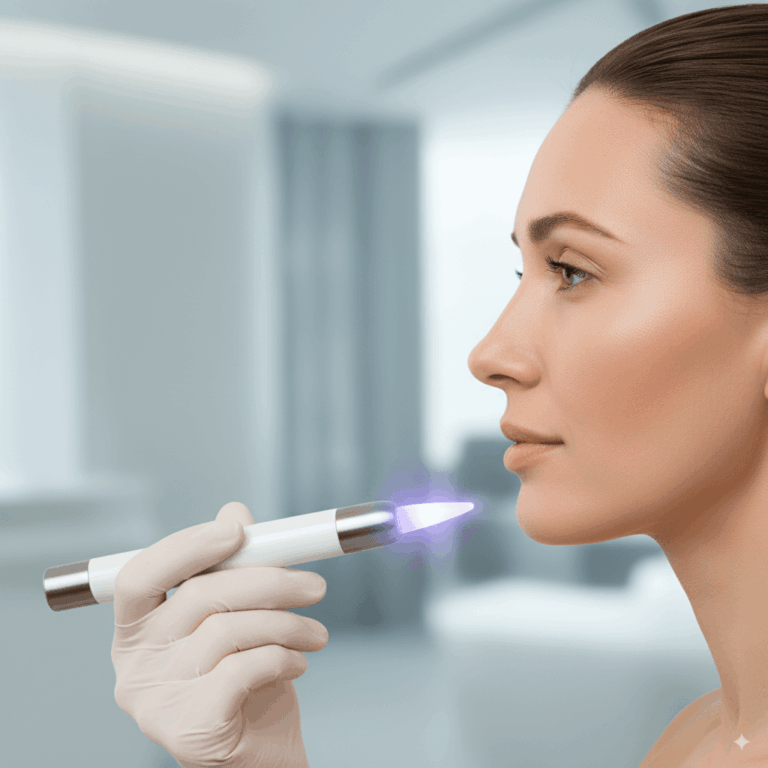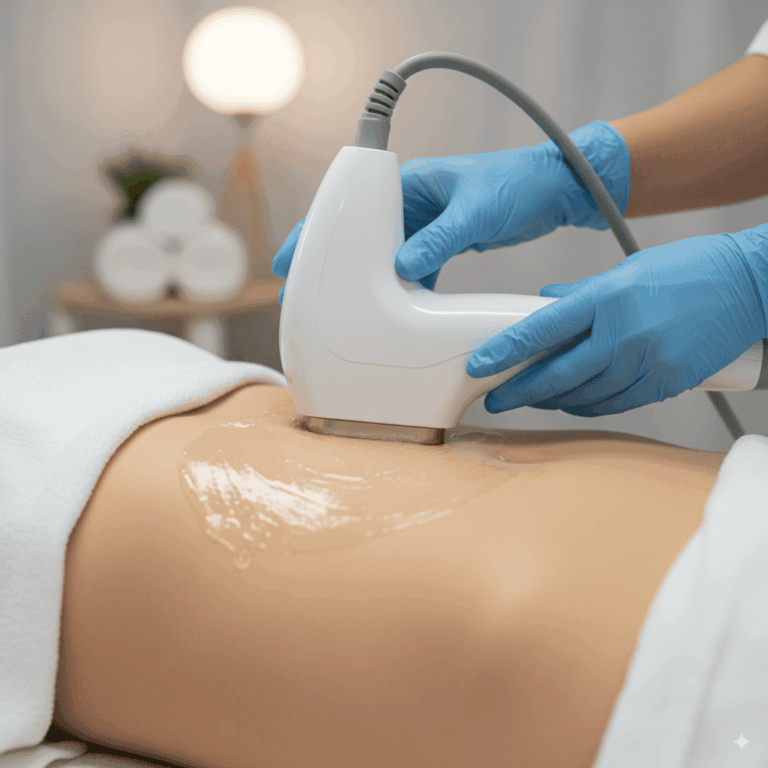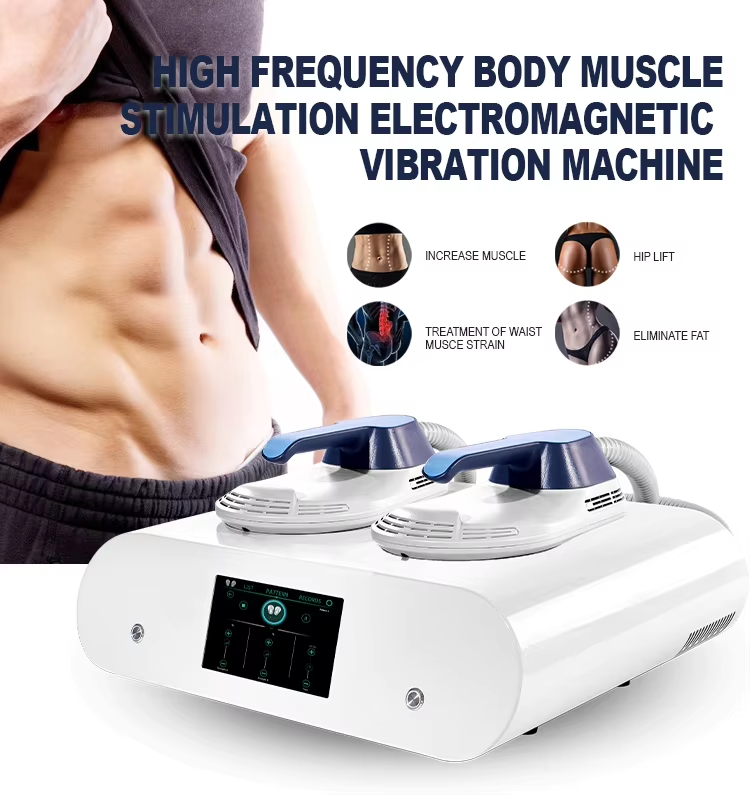The Science Behind Skin Analyzer Machine: How They Work and Why They Matter
Peeling Back the Layers: Why Your Skincare Routine Might Be Guesswork
Ever stood in the skincare aisle, overwhelmed by a sea of bottles all screaming promises? “Reduces fine lines!” “Erases pores!” “Gives you a celestial glow!” You grab a serum that your favorite influencer raved about, a moisturizer that a magazine called a “holy grail,” and a cleanser your friend swears by. You go home, excited, and start your new regimen. A month later… maybe your skin is a little better? Or is it worse? Or is it exactly the same?
If this sounds familiar, you’re not alone. For decades, our approach to skincare has been a frustrating cycle of trial, error, and hope. We’re essentially throwing beautifully packaged spaghetti at the wall and seeing what sticks. We rely on marketing claims, anecdotal evidence, and sheer guesswork to address concerns we can only see on the surface. But what if you could get a detailed report card for your skin? A blueprint that tells you not just what’s happening on the surface, but what’s brewing underneath?
This is where the magic of technology steps in. Imagine having a GPS for your skincare journey, one that can pinpoint the exact location of sun damage, dehydration, and clogged pores. That GPS exists, and it’s called a skin analyzer. It’s poised to completely revolutionize how we understand and care for our body’s largest organ. So, let’s pull back the curtain and dive into the fascinating science behind these devices and explore why they are more than just a passing gadget—they’re the future of personalized skincare.
What Exactly Is a Skin Analyzer Machine?
At its most basic, a skin analyzer is a device that captures and assesses the condition of your facial skin, going far beyond what the human eye or a standard camera can perceive. Think of it as a super-powered diagnostic tool for aestheticians, dermatologists, and skincare professionals. It combines advanced digital imaging technology with sophisticated software to measure and quantify various skin health indicators.
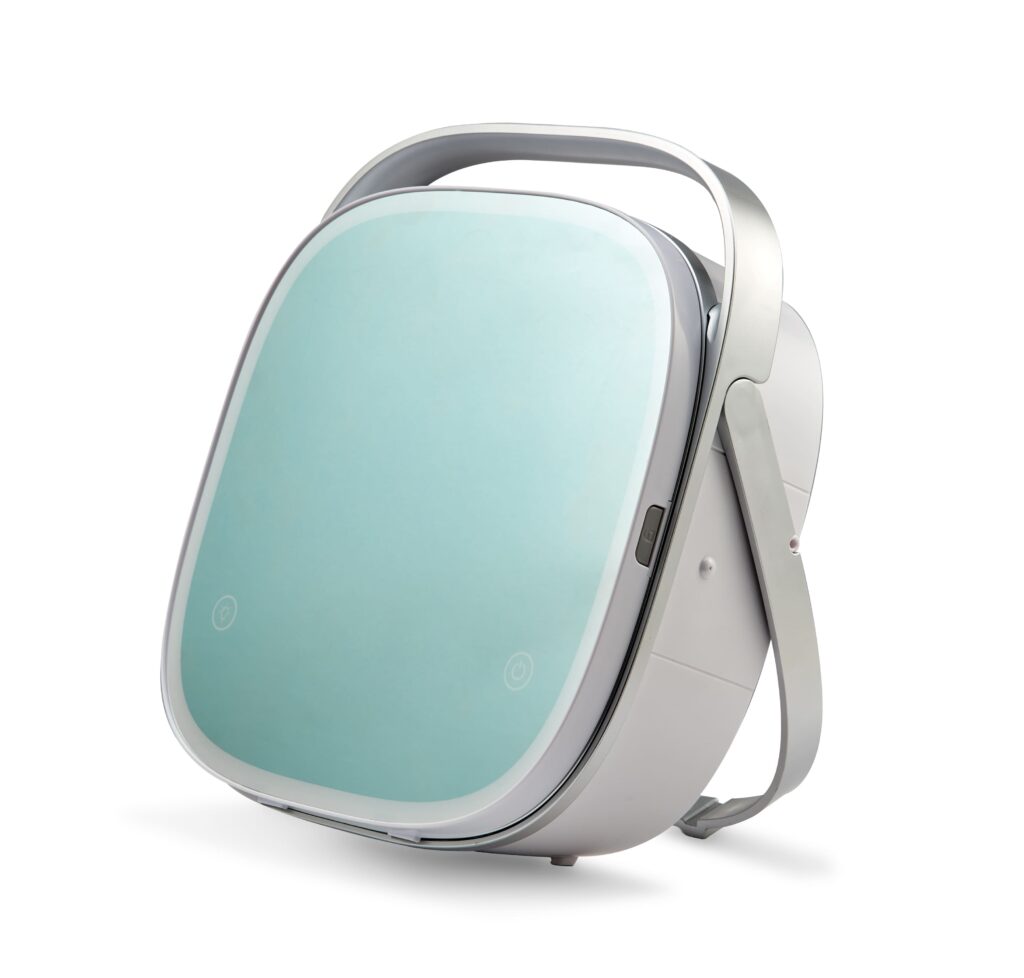
You’ve probably seen them at high-end spas, dermatology clinics, or even some advanced beauty counters. They often look like a futuristic dome that you place your face into. A quick, painless flash of light, and voilà—the machine’s software begins its work, dissecting the captured images to generate a comprehensive report on your skin’s health.
More Than Just a High-Tech Camera
It’s easy to dismiss a skin analyzer as just a fancy camera, but that would be like calling a supercomputer “just a calculator.” While the core of the device is a high-resolution lens, its true power lies in the integration of multiple technologies. It’s the combination of specialized lighting, advanced optics, and a powerful AI-driven software that transforms a simple picture into a goldmine of data.
The software is programmed with a vast database of dermatological information, allowing it to recognize patterns, measure imperfections, and even compare your skin’s condition to others of a similar age and skin type. It’s this analytical power that turns raw images into actionable insights, diagnosing issues like:
- Pore size and congestion
- Wrinkle depth and texture
- Hydration levels
- Sebum (oil) production
- Hyperpigmentation (sun spots, age spots)
- Subsurface sun damage (UV spots)
- Skin sensitivity and redness
- Acne-causing bacteria
The result isn’t a vague suggestion; it’s a quantitative analysis. Instead of saying, “You have some sun damage,” it can say, “You have a 78% concentration of UV damage on your cheeks, which is higher than 85% of people in your age group.” That level of detail is a game-changer.
Under the Microscope: The Technology Powering Skin Analysis
So, how does this device see what we can’t? It’s not magic; it’s a brilliant application of physics and light spectrum technology. A professional-grade skin analyzer doesn’t just take one picture. It takes several, each under a different, precisely controlled lighting condition. This multi-spectral imaging is the secret sauce.
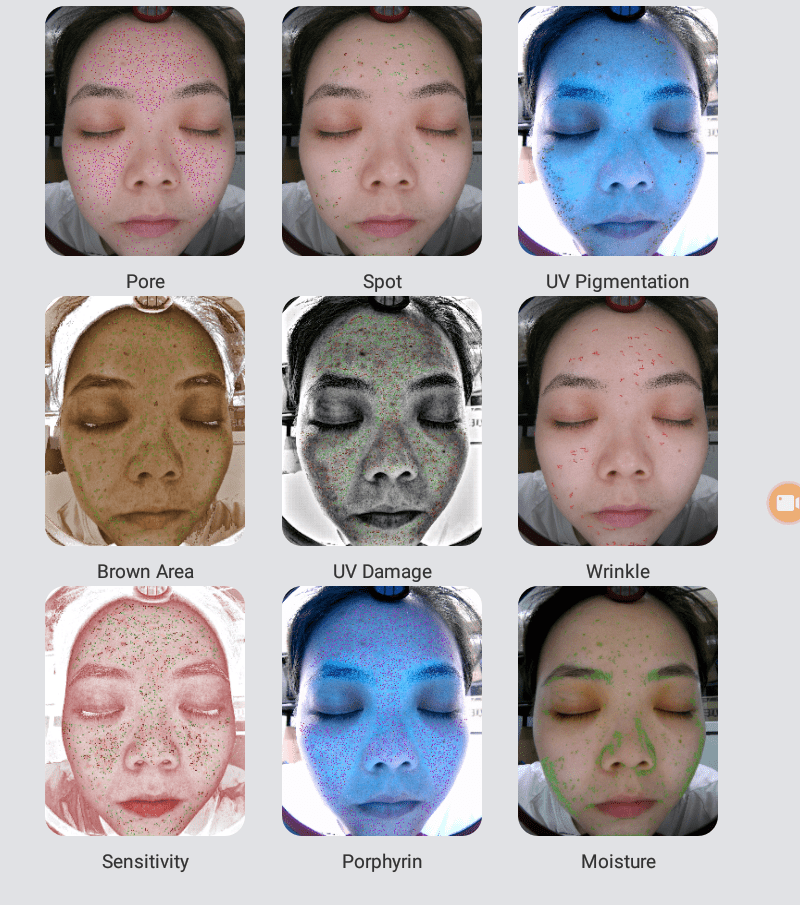
A Symphony of Light and Lenses
Imagine you’re trying to understand a complex object. Looking at it in broad daylight gives you one perspective. But looking at it under a blacklight, or with an infrared camera, would reveal completely different, hidden details. A skin analyzer does exactly this for your face, conducting a symphony of light to illuminate every aspect of your skin’s health. Let’s break down the most common types of light used.
H4: Capturing the Surface: RGB Visible Light
This is the most straightforward technology. RGB (Red, Green, Blue) light is the standard visible light spectrum—it’s what we see every day. The image taken under RGB light is essentially a crystal-clear, perfectly lit photograph of your face. But even this standard photo is incredibly valuable when analyzed by the software. It can precisely measure things we can see but can’t easily quantify, such as:
- Pores: The software can identify the number and size of visible pores.
- Wrinkles: It can map out fine lines and deeper wrinkles, assessing their length and depth.
- Texture: It analyzes the smoothness or roughness of the skin’s surface.
- Visible Spots: It identifies and categorizes visible blemishes, from acne scars to age spots.
This mode provides the baseline—the “before” photo against which all other analyses are compared. It’s the map of your skin’s visible terrain.
H4: Uncovering Hidden Damage: The Magic of UV Light
This is where things get truly illuminating. The skin analyzer emits a harmless, low-level dose of ultraviolet (UV) light. Your skin reacts to this light in ways that reveal what’s hiding beneath the surface. Two key things happen here:
- Revealing Sun Damage: Melanin, the pigment in your skin, has a unique property: it absorbs UV light. Areas where sun damage has caused melanin to clump together under the skin (long before they become visible age spots) will appear as dark patches in the UV photo. Seeing this hidden map of sun damage is often a shocking and powerful wake-up call for people to get serious about their daily sunscreen application. You might think your skin is clear, but the UV image tells the true story of your sun exposure over the years.
- Identifying Acne Bacteria: A specific type of bacteria commonly associated with acne, Cutibacterium acnes, produces waste products called porphyrins. These porphyrins have a fascinating characteristic: they fluoresce (glow) under UV light. In a UV analysis, areas with high concentrations of this bacteria will light up as bright, often orange or pink, spots. This allows an aesthetician to pinpoint areas of congestion and potential future breakouts before they even surface.
H4: Peeking Beneath the Surface: The Role of Polarized Light
Have you ever worn polarized sunglasses and noticed how they cut the glare off the water, allowing you to see the fish swimming below? Polarized light technology in a skin analyzer works on a similar principle. It uses special filters to reduce the scattered light that reflects off the very top layer of your skin (the stratum corneum).
By minimizing this surface “glare,” the analyzer can see slightly deeper into the epidermis. This is incredibly useful for identifying:
- Redness and Sensitivity: It can map out the tiny, visible blood vessels (capillaries) and areas of inflammation that contribute to overall redness and conditions like rosacea.
- Brown Spots: It can provide a clearer picture of pigmented lesions, distinguishing between surface-level spots and those rooted deeper in the skin.
- Vascular Health: It gives a better sense of the microcirculation in your face, which is a key indicator of skin health and vitality.
By combining the data from these different light spectrums, the analyzer’s AI builds a multi-layered, comprehensive 3D map of your skin’s condition.
From Snapshot to Strategy: What to Expect During a Skin Analysis
Knowing the technology is one thing, but what is the experience actually like? Thankfully, it’s incredibly simple, fast, and completely non-invasive.
The process typically involves a few easy steps:
- Cleansing: You’ll start by thoroughly cleansing your face to remove any makeup, sunscreen, or skincare products. This ensures the machine is analyzing your bare skin for the most accurate results.
- The Scan: You’ll be asked to place your chin on a designated rest and close your eyes. The machine will then take a series of quick photos, each with a different flash of light. The entire process takes less than a minute. There’s no pain, no discomfort—just a few bright flashes.
- The Analysis: This is where the magic happens behind the scenes. The machine’s software crunches the data from the images it just captured. It cross-references your information against its database and generates a detailed report, often complete with scores, percentages, and visual representations of your problem areas.
- The Consultation: A skincare professional will then walk you through your results. This is the most crucial step. They will translate the data into a meaningful narrative about your skin. They’ll show you your UV damage, point out areas of dehydration, and explain what your pore score means. Based on this hyper-specific data, they can then recommend a truly personalized skincare routine and treatment plan. No more guesswork.
More Than Just a Pretty Picture: The Tangible Benefits of Skin Analysis
So, why does all this technology matter? Is it just a cool gadget for skincare enthusiasts, or does it offer real, tangible benefits? The answer is a resounding “yes” to the latter.
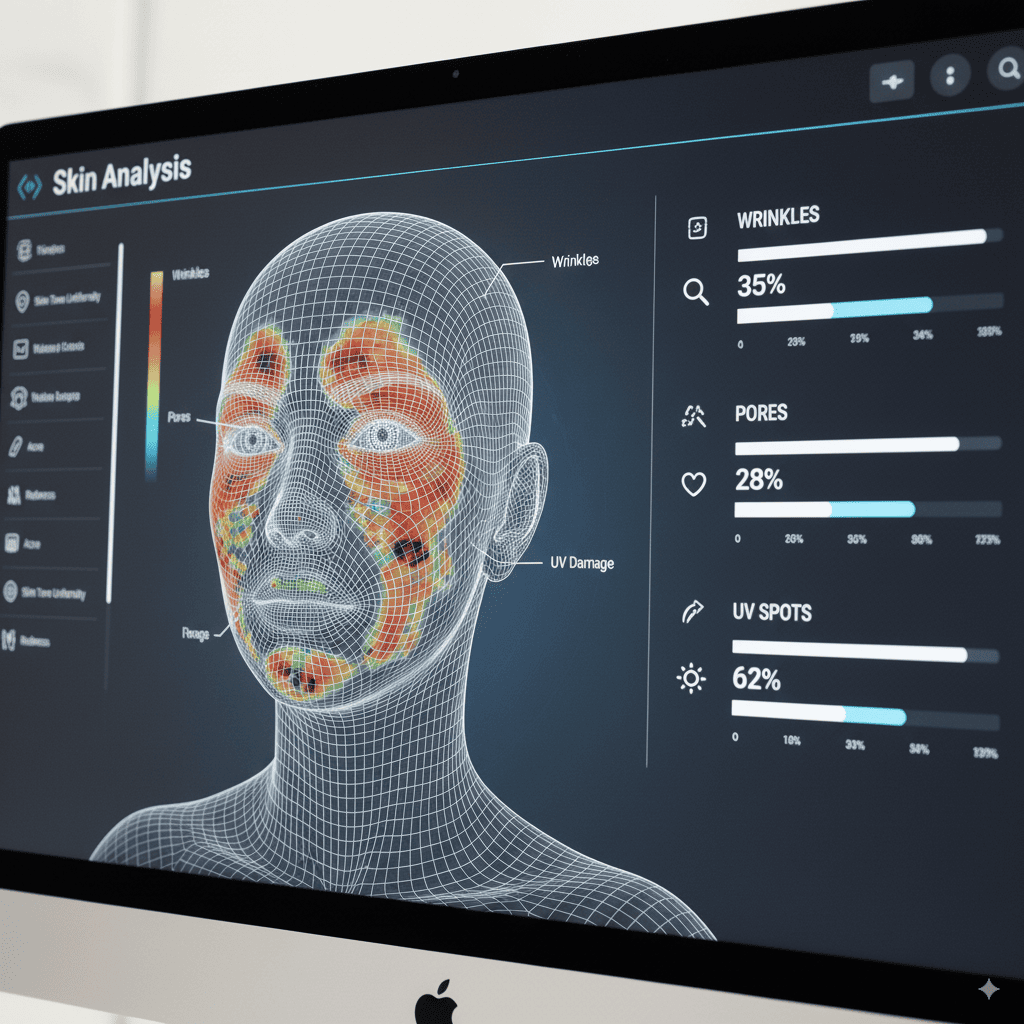
Ditching the One-Size-Fits-All Approach for True Personalization
The single biggest benefit of a skin analysis is personalization. For too long, we’ve chosen products based on broad categories like “oily,” “dry,” or “combination.” But skin is far more complex than that. You could have oily skin that is also severely dehydrated, or dry skin with congested pores.
A skin analyzer cuts through these generalizations. It might reveal that your primary issue isn’t wrinkles, as you suspected, but severe sub-surface sun damage that will lead to wrinkles. As a result, instead of recommending a heavy-duty retinol, a professional might prioritize a potent vitamin C serum and a high-SPF sunscreen to tackle the root cause. This data-driven approach ensures that you are investing your time and money in products and treatments that target your actual needs, not just your perceived ones.
Objective Proof: Tracking Your Skincare Journey
How do you know if that expensive serum you’ve been using for three months is actually working? You might feel like your skin is brighter, but feelings can be subjective. A skin analyzer provides cold, hard data.
By getting scans done periodically (say, every 3-6 months), you can objectively track your progress. Your report might show a 15% reduction in UV spots, a 20% improvement in hydration levels, or a measurable decrease in pore size. This is incredibly empowering. It validates your efforts and your investment, showing you what’s working and what isn’t. Conversely, if your numbers aren’t improving, it’s a clear sign that you need to adjust your routine. It takes the guesswork out of evaluating your skincare’s effectiveness.
Are Skin Analyzers Flawless? Understanding Their Limitations
As with any technology, it’s important to have realistic expectations. Skin analyzers are powerful cosmetic tools, but they are not medical diagnostic devices.
The most critical limitation to understand is that a skin analyzer cannot diagnose skin cancer. While it can highlight abnormal pigmentations and asymmetries that a professional might flag for further investigation, it should never, ever be used as a substitute for a professional skin check by a dermatologist. If you have a mole or spot that concerns you, your first and only stop should be a doctor’s office.
Furthermore, the quality and accuracy of the analysis depend heavily on the quality of the machine and the expertise of the person interpreting the results. A consumer-grade app on your phone will not provide the same level of detail or accuracy as a professional medical-grade device like a VISIA or Observ. The consultation with a trained professional is just as important as the scan itself, as they provide the context and create the strategy based on the data.
The Future of Skincare is Personal (Conclusion)
We are standing at a thrilling crossroads in the world of beauty and wellness. The era of one-size-fits-all skincare is fading, making way for an age of hyper-personalization, data-driven decisions, and proactive health. The skin analyzer is at the very heart of this revolution.
It transforms skincare from an art of guesswork into a science of understanding. By giving us an unprecedented look beneath the surface, these devices empower us to treat the root causes of our skin concerns, not just the symptoms. They provide a tangible way to measure progress, taking the emotion out of our routines and replacing it with evidence.
Your skin has a unique story to tell—a story of sun exposure, lifestyle choices, and genetic predispositions. For the first time, we have a technology that can translate that story for us. So, the next time you feel lost in the skincare aisle, remember that there’s a better way. The answer isn’t in another bottle of “hope,” but in the data that can unlock your skin’s true potential. Are you ready to listen?
Frequently Asked Questions (FAQ)
1. How often should I get a skin analysis? For most people, getting a scan every 6 to 12 months is ideal for tracking long-term progress and adjusting your skincare routine with the seasons. If you’re undergoing specific treatments for concerns like acne or hyperpigmentation, your aesthetician might recommend more frequent scans, perhaps every 3-4 months, to closely monitor results.
2. Is a skin analysis painful or invasive? Absolutely not. The entire process is completely non-invasive, painless, and safe. You simply rest your face in the machine while it takes a series of photographs using different types of harmless light. There is no contact with your skin, no needles, and no downtime.
3. Can a consumer app on my phone work as well as a professional machine? While at-home skin analysis apps are becoming more popular and can be a fun way to engage with your skincare, they cannot replace a professional-grade machine. Professional analyzers use standardized, high-quality lighting, superior optics, and much more powerful software backed by extensive dermatological databases. The controlled environment of a professional device ensures accuracy and consistency that a phone camera in variable lighting simply cannot match.
4. What is the most surprising thing people usually learn from their skin analysis? By far, the most common “shock” for clients is the amount of hidden UV damage. Many people who believe they have been careful in the sun are stunned to see the extent of subsurface melanin clumping revealed by the UV light. It serves as an incredibly effective visual lesson on the importance of daily, broad-spectrum sunscreen.
5. Can a skin analyzer help with product recommendations? Yes, that is one of its primary functions. After analyzing your specific data—such as high porphyrin counts (indicating bacteria), low hydration levels, or deep wrinkles—the software or the consulting professional can recommend specific ingredients and product types that directly target those issues. For instance, high porphyrin levels would lead to a recommendation for salicylic acid, while detected dehydration would point towards products with hyaluronic acid and ceramides. It moves recommendations from generic to highly specific.
